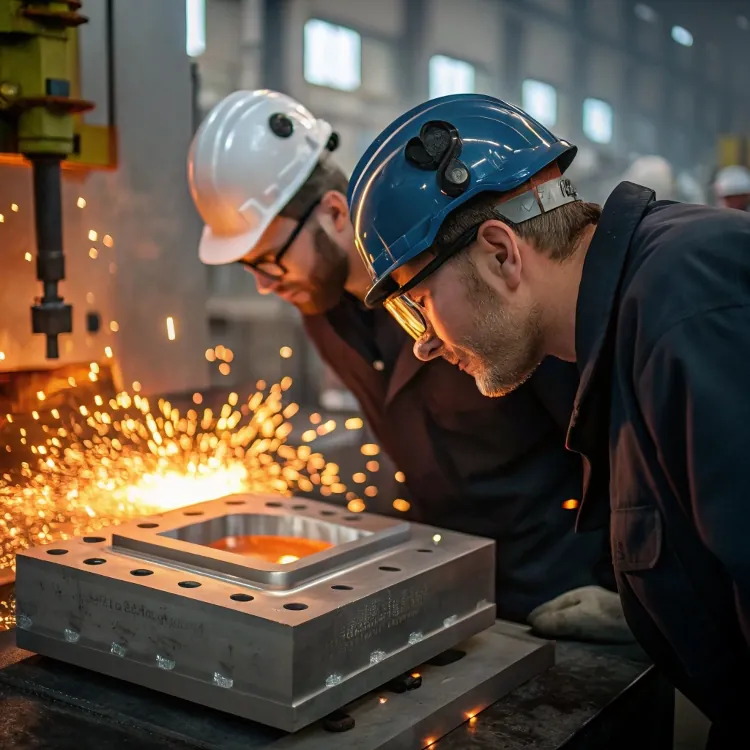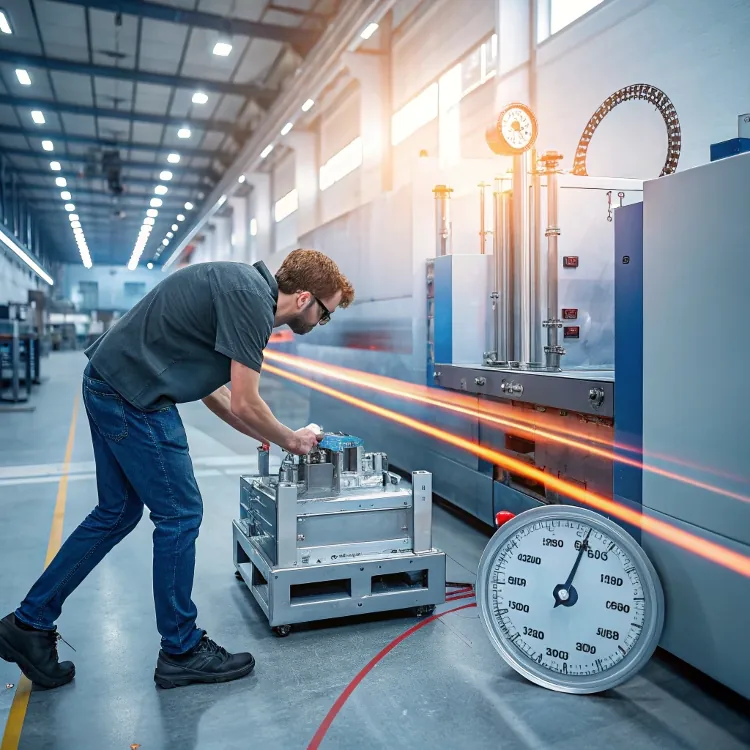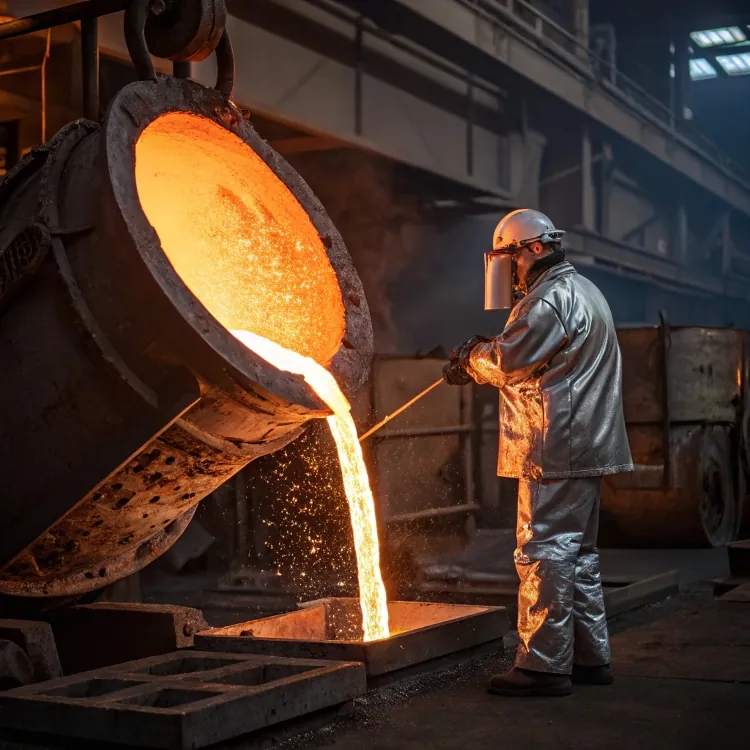How long do aluminum molds last?

If you’re investing in aluminum molds, you’ve probably wondered: will they last long enough to justify the cost?
Aluminum molds can last anywhere from 1,000 to over 100,000 cycles, depending on design, alloy, use conditions, and maintenance.
The lifespan of a mold isn’t a fixed number. It depends on how you use it. Let me explain what affects that lifespan and how aluminum compares to steel in performance.
What is the lifespan of aluminum molds?

Sometimes you need speed and low cost. That’s where aluminum molds1 shine—but what’s the trade-off?
Aluminum molds generally last between 5,000 to 10,000 cycles for standard applications, but under ideal conditions, high-end aluminum alloys can achieve 100,000 cycles.
Aluminum molds are widely used for prototyping and low-volume production. The specific lifespan depends on various factors, including the aluminum grade (e.g., 7075 vs. 6061), mold complexity2, cooling systems, and maintenance routines.
What affects the life of an aluminum mold?
There are a few major factors that influence mold lifespan:
| Factor | Impact on Lifespan |
|---|---|
| Mold Design | Sharp corners and thin walls reduce life |
| Cooling Efficiency | Proper cooling reduces thermal fatigue |
| Cycle Time | Faster cycles may cause wear faster |
| Maintenance | Regular cleaning extends mold use |
| Material Used | Abrasive materials cause quicker wear |
When molds are used with non-abrasive plastics or waxes and stored correctly, they can exceed 50,000 cycles. But when used with high-temperature resins or reinforced plastics, wear can start to show quickly.
How long do casting molds last?

You might think casting molds are built to last forever, but are they really?
Casting molds can last from a few hundred to tens of thousands of cycles depending on mold material3, casting temperature, and alloy type.
Casting molds made of aluminum are ideal for non-ferrous metals and wax. But for high-volume die casting, steel or even cast iron is usually preferred. Still, with low melting point metals like zinc or aluminum, aluminum molds can be surprisingly durable if handled correctly.
Key differences between mold types
Let’s look at how long different mold materials tend to last in casting applications:
| Mold Material | Typical Lifespan |
|---|---|
| Aluminum | 500 – 10,000+ casts |
| Tool Steel | 100,000+ casts |
| Cast Iron | 10,000 – 50,000 casts |
| Graphite | 1,000 – 10,000 casts (ideal for precious metals) |
For small batch runs, aluminum casting molds are cost-effective and offer fast turnaround. That’s why I often recommend them to clients doing early-phase product development or limited production.
Are aluminum injection molds better than steel?

Steel molds are strong. But aluminum molds are fast. Which one should you choose?
Aluminum molds are better for fast prototyping4, low-volume production, and tight budgets, while steel molds are better for long-term, high-volume projects.
This doesn’t mean one is always better. It means it depends on your project. Here’s a comparison:
Aluminum vs. Steel Mold Comparison
| Feature | Aluminum Mold | Steel Mold |
|---|---|---|
| Cost | Lower | Higher |
| Cycle Time | Shorter | Longer |
| Heat Transfer | Excellent | Moderate |
| Machinability | Easy | Harder |
| Durability | Lower (5K–50K cycles) | Higher (100K+ cycles) |
| Lead Time | 2–4 weeks | 4–12 weeks |
For example, I worked with a client in North America who needed 5,000 units of a lighting fixture prototype. Using an aluminum mold, we delivered parts in just three weeks. If they had chosen steel, it would have taken twice as long and cost three times more.
When is aluminum the better choice?
- Your production run is under 10,000 units
- You want to test the market before committing
- Time-to-market is critical
- Budget is limited
When should you choose steel?
- Production run is over 100,000 units
- You need ultra-precise detailing
- The material is abrasive or operates at high temperature
- You need a mold that lasts for many years
Conclusion
Aluminum molds last between 5,000 to 100,000 cycles, making them ideal for prototypes and small runs. Steel is better for large-scale, long-term projects. Choose based on your goals.
-
Explore this link to understand the lifespan and benefits of aluminum molds in various applications. ↩
-
Learn how mold design intricacies can impact durability and performance, ensuring optimal use of aluminum molds. ↩
-
Different mold materials have varying lifespans and applications. Learn more about them to make informed choices in casting. ↩
-
Learn about fast prototyping and its advantages in reducing time-to-market and testing new ideas efficiently. ↩



